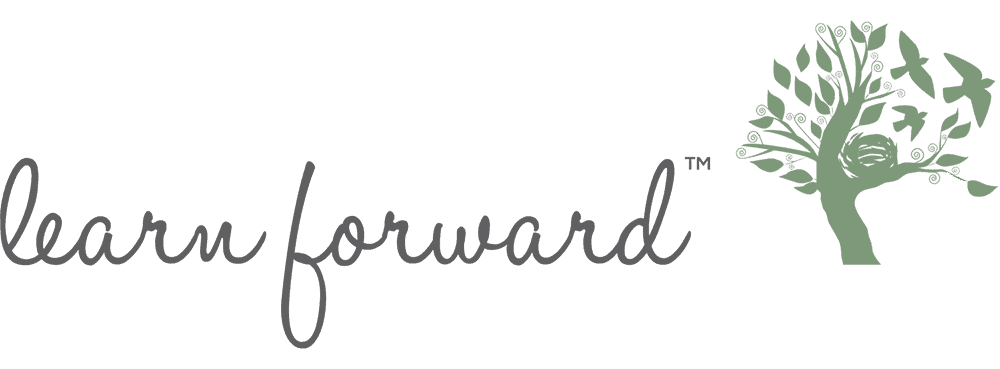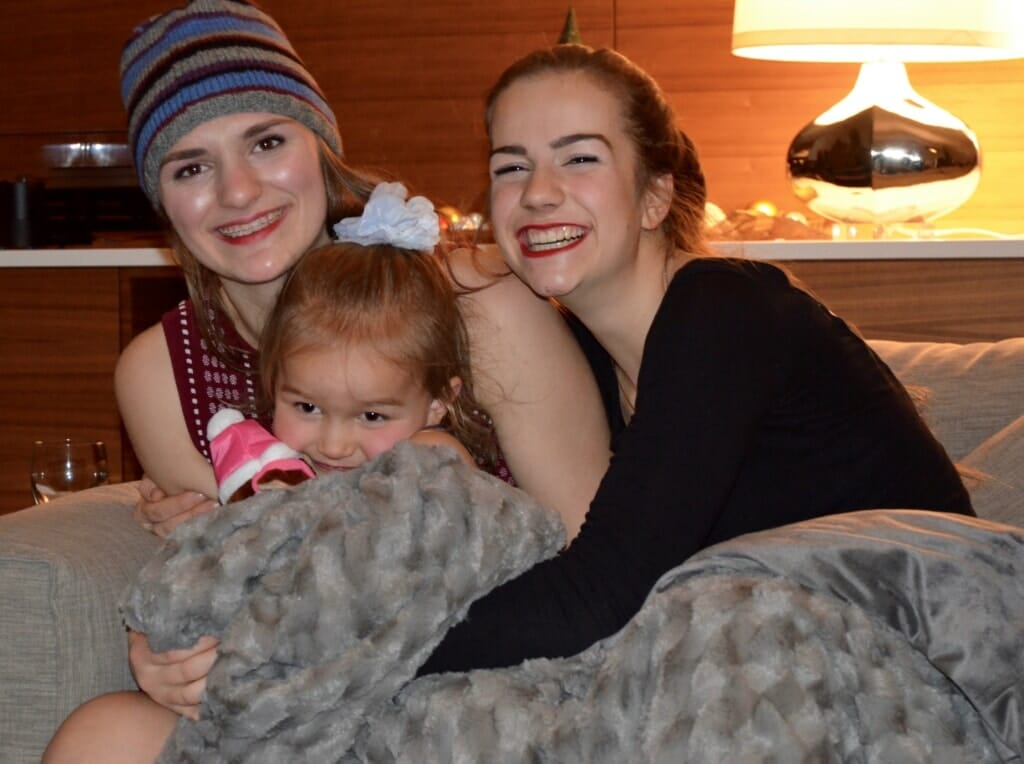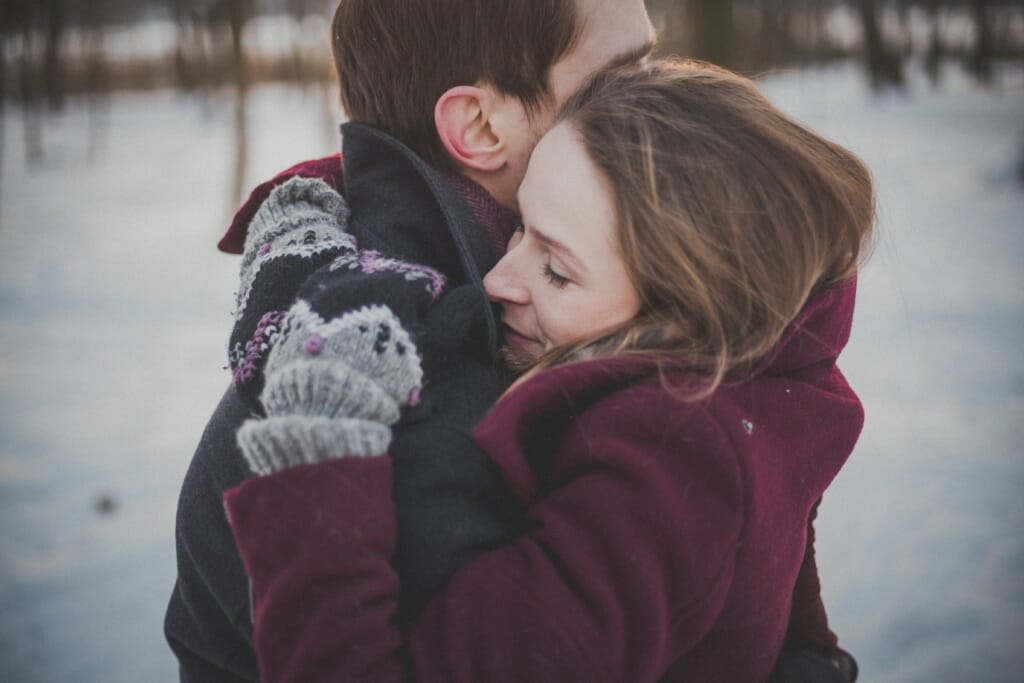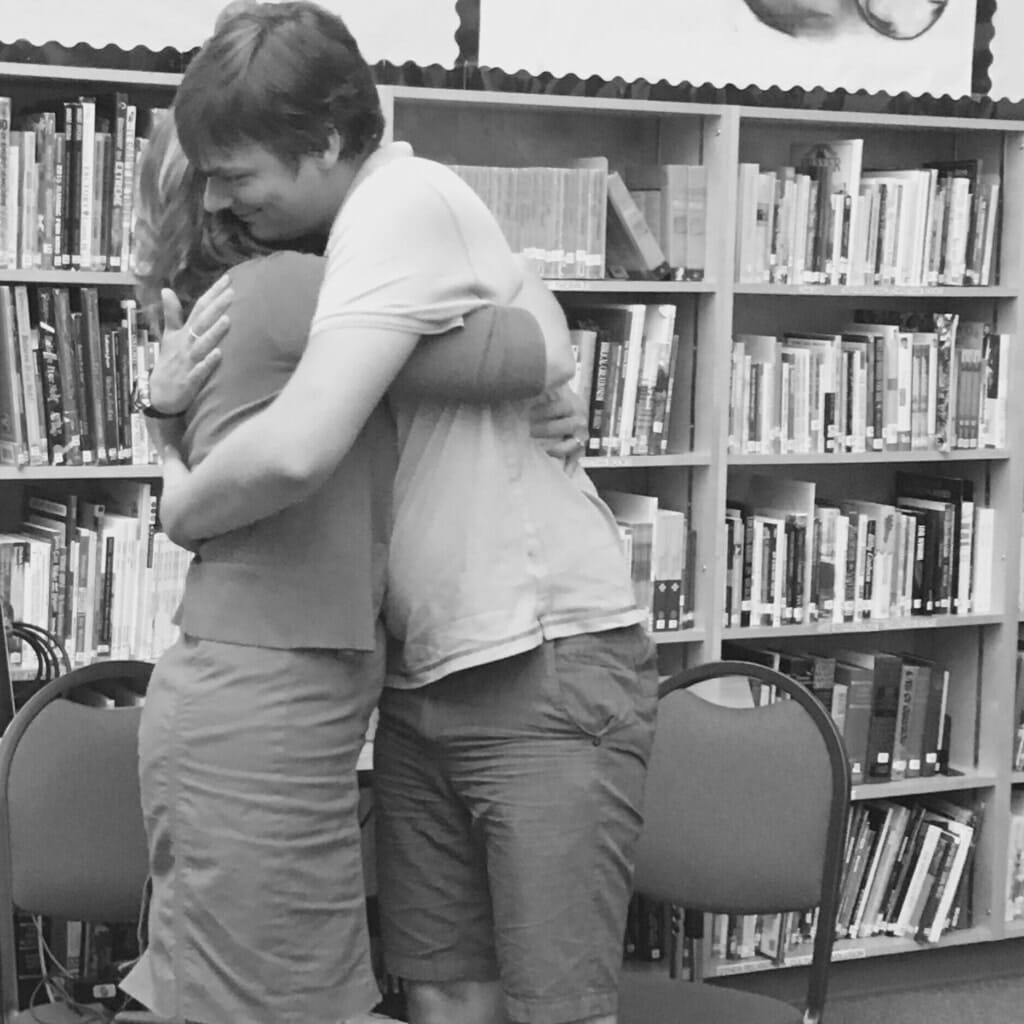Have you ever sunk into the generosity and luxury of a cherishing hug? You know the kind of hug; one where you are truly embraced on a cellular level, from the depth of your soul to the core of your being. Fragrant. Warm. Enveloped. Cuddled. Comforted.
Children need hugs.
They don’t need to be rushed or hurried, chastened or directed. They need to be hugged.
Parents and teachers, children need our attuned presence and our support to learn to regulate.
Much has been written about a self-regulation, but the reality is, children need primary caregivers to learn how to regulate. It doesn’t happen individually. They learn to regulate from the comfort and containment of a hug from a primary caregiver. Parents and teachers, how do you feel about this idea?
Do teachers fit in this category? I want my child to be nurtured and loved at school!
I know our schools are afraid, rightly so. Many educators won’t hug children anymore. There are policies. Can we challenge this notion? What if the gifts are greater than the risks…by far? If we are designing spaces where children thrive, we need the biggest and best emotional intervention: a hug.
In emergency planning, we have a principle called “duty to care.” In the event of an emergency, the teacher will care for the students in a way an attentive and caring parent would. We have seen it over and over again, when teachers use their bodies as human shields and pour out their lifeblood in their work each day, and sometimes literally.
Yet, children are having emotional emergencies much more frequently. These emergencies are not tied to our emergency planning and “duty to care”…yet. Our culture, our pace, our technology, our growth rate is creating more anxiety and emotional need than we’ve ever seen before.
Let me give you an example…
Last week, we began our fall hot lunch program. Once per week, the whole school sits in mixed-age table group seatings. Because of the newness, one little Kindergarten doll became frightened beyond coping. The Kindergarten teacher was completely intuitive, she drew this little one into her lap and cradled her like her own.
An emotional emergency. A duty to care. A support to help the child learn how to see the safety around her. The child is learning how to see.
The cure is a hug.
Young children need the benefits of a hug. The scientific benefits are documented, hugs:
Improve Your Mood
Create a Healthier Heart
Reduce Stress
Balance the Nervous System
When The Builder hugs me and adds a little back massage, even for 10-seconds, it is like magic.
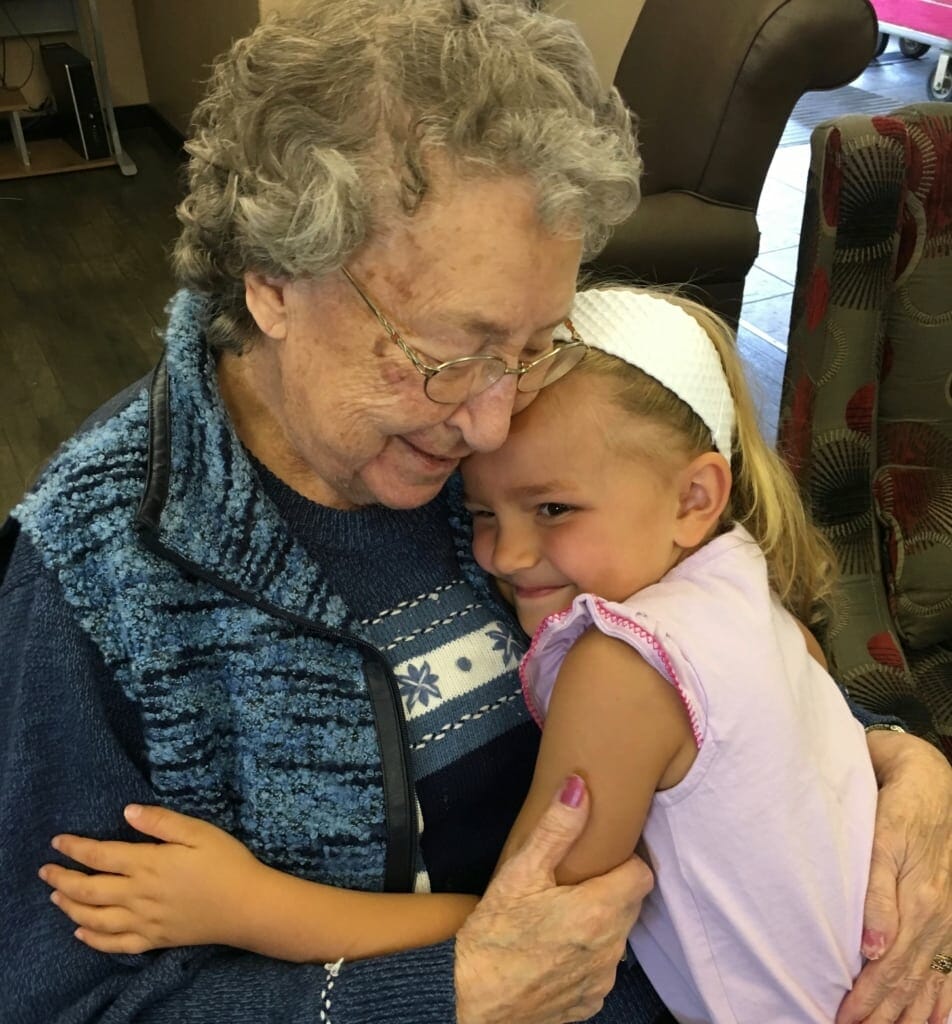 My emotional and sensitive 5-year old responds like magic to hugs. When she starts getting into the yellow zone (Leah Kuypers’ Zones of Regulation), the 1-second, surefire solution is to bend down and give her a warm and accepting hug. Once she’s takes a deep breath, then we can usually talk it through.
My emotional and sensitive 5-year old responds like magic to hugs. When she starts getting into the yellow zone (Leah Kuypers’ Zones of Regulation), the 1-second, surefire solution is to bend down and give her a warm and accepting hug. Once she’s takes a deep breath, then we can usually talk it through.
Try it. Does giving a hug and taking a breath reduce everyone’s stress and help us all move forward? My problem is, when I am in the yellow zone, like the child, the intuitive or natural strategies comes less easily to me. I have to become more mindful. For example, in transitions, like the flurry of getting to school on time, can we take time to be affectionate and actively communicate our support and love with a hug and a deep breath?
We’re implementing the Take a Breath mindfulness program for students and the reality is students don’t learn to self-regulate independently. They learn in community. Children need teachers and parents who self-regulate. We appreciate the inclusion of students, parents, and teachers in this process because it is a beautiful Table of Learning exercise.
So, today, I’m out in the world, suggesting children need hugs. It is natural. Children need hugs to learn to self-regulate. Hugs are balm for the crazy we feel.
For the sake of the children,
Karine
PS Let us know on social media how adding some hugs to your week works? Make the world a better place.
